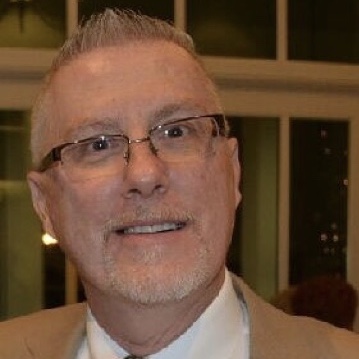The word curriculum manifests itself in many forms, and people bounce the word about in today’s education realms as if it had multiple definitions. Merriam-Webster defines curriculum as, “Curriculum is from New Latin (a post-medieval form of Latin used mainly in churches and schools and for scientific coinages), in which language it means “a course of study.” It shares its ultimate root in classical Latin, where it meant “running” or “course” (as in “race course”), with words such as corridor, courier, and currency, all of which come from Latin currere “to run.”
As educators, we are keenly aware that this definition does not fit many schools. We now have…
- Standards-based curriculum…
- Written Curriculum…
- Taught Curriculum. …
- Supported Curriculum. …
- Assessed Curriculum. …
- Recommended Curriculum. …
- Hidden Curriculum. …
- Excluded Curriculum. …
- Learned Curriculum….
- Faith-Infused Curriculum
Is each of these curriculums a separate race to run? How do we traverse and choose the pathway that is correct for our school and students? Over the next several months, we will explore these pathways and look at the pros and cons of each race. We will uncover the questions concerning a pure curriculum and a hybrid curriculum. So, let us start with some basic questions to ponder.
- Who determines the curriculum for your school?
- What expertise do the decision-makers have concerning the curriculum?
- Is there a method used to determine curriculum?
- What stakeholders are part of curriculum development?
- How often is your curriculum revised?
- Is your curriculum a shelf or file document?
- How do you make your chosen curriculum come to life?
Start to ponder these questions as we start on our journey to a deeper understanding and engagement in the curriculum development process. The road ahead is exciting, so jump on the track and let’s start the ride.
Citation
https://www.merriam-webster.com/dictionary/curriculum




